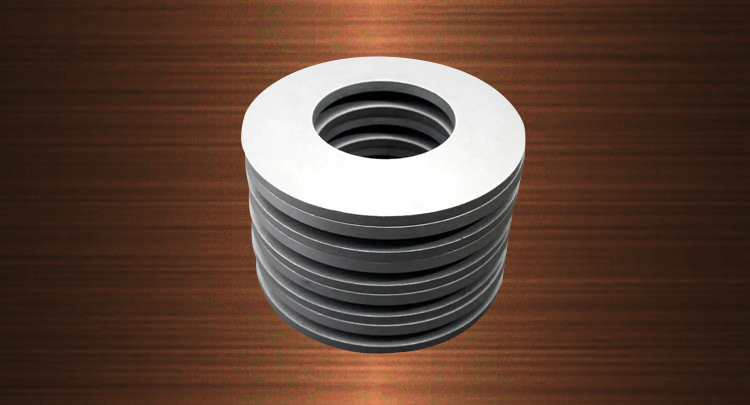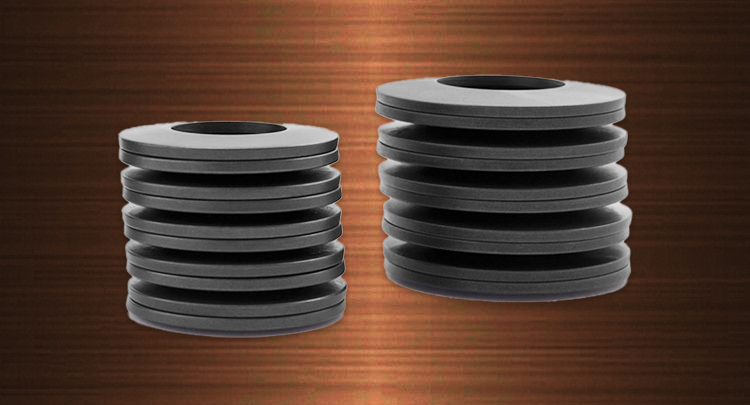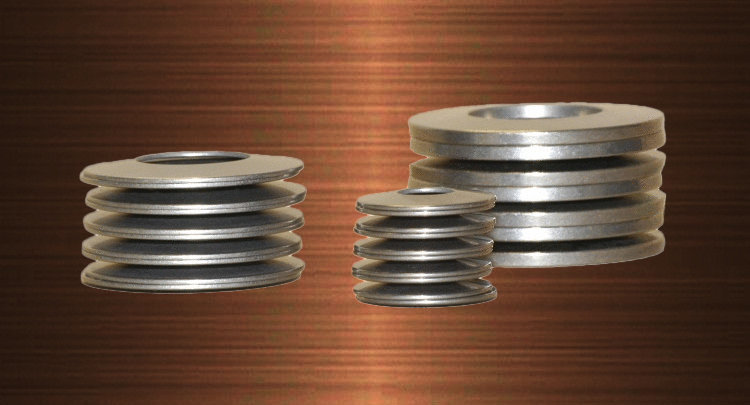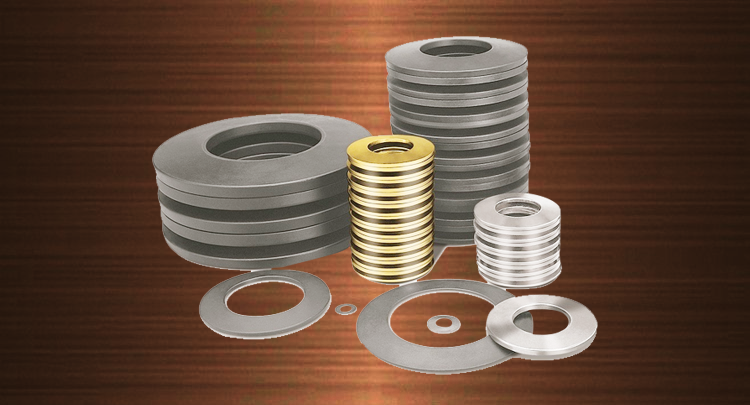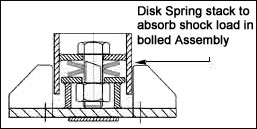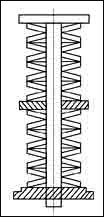Disc Spring
Disc Springs are narrowly framed angular plates, which has stacked in the hub heading. Disc Springs have a one of a kind blend of high power in little space with tweaked deflection combination.
Product Description
Uses of Disc Springs:
- Commonly used in pressure controls and regulators
- High Energy Stockpiling Limit.
- Long Helping Life.
- Stock keeping is limited as the singular spring sizes can be joined generally
- Largely Self-damping, giving great shock assimilation and energy dissemination.
- Efficient utilization of room and high spring force with little diversions.
- Adaptable to stacking in various arrangements.
- Combination use as a particular spring component.
